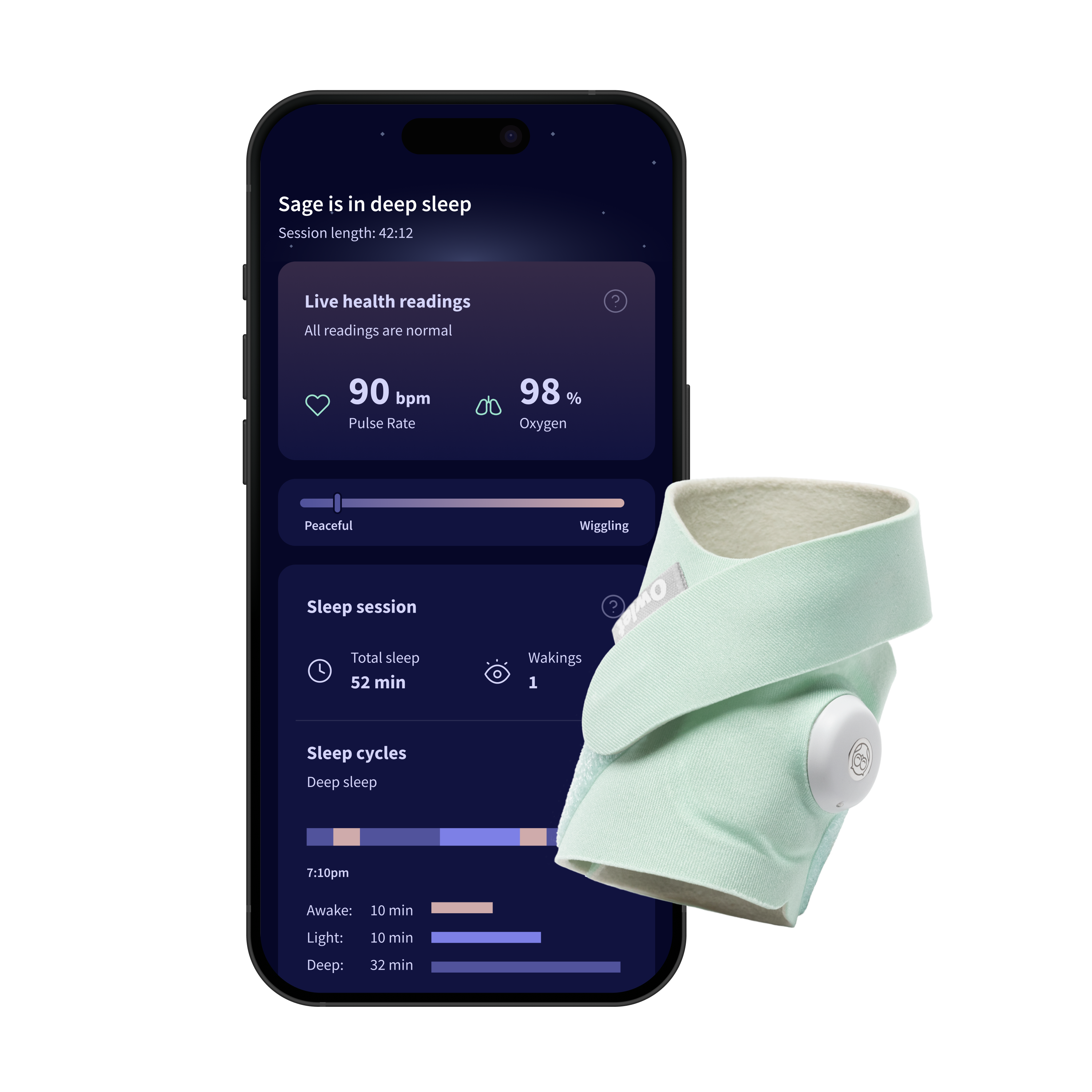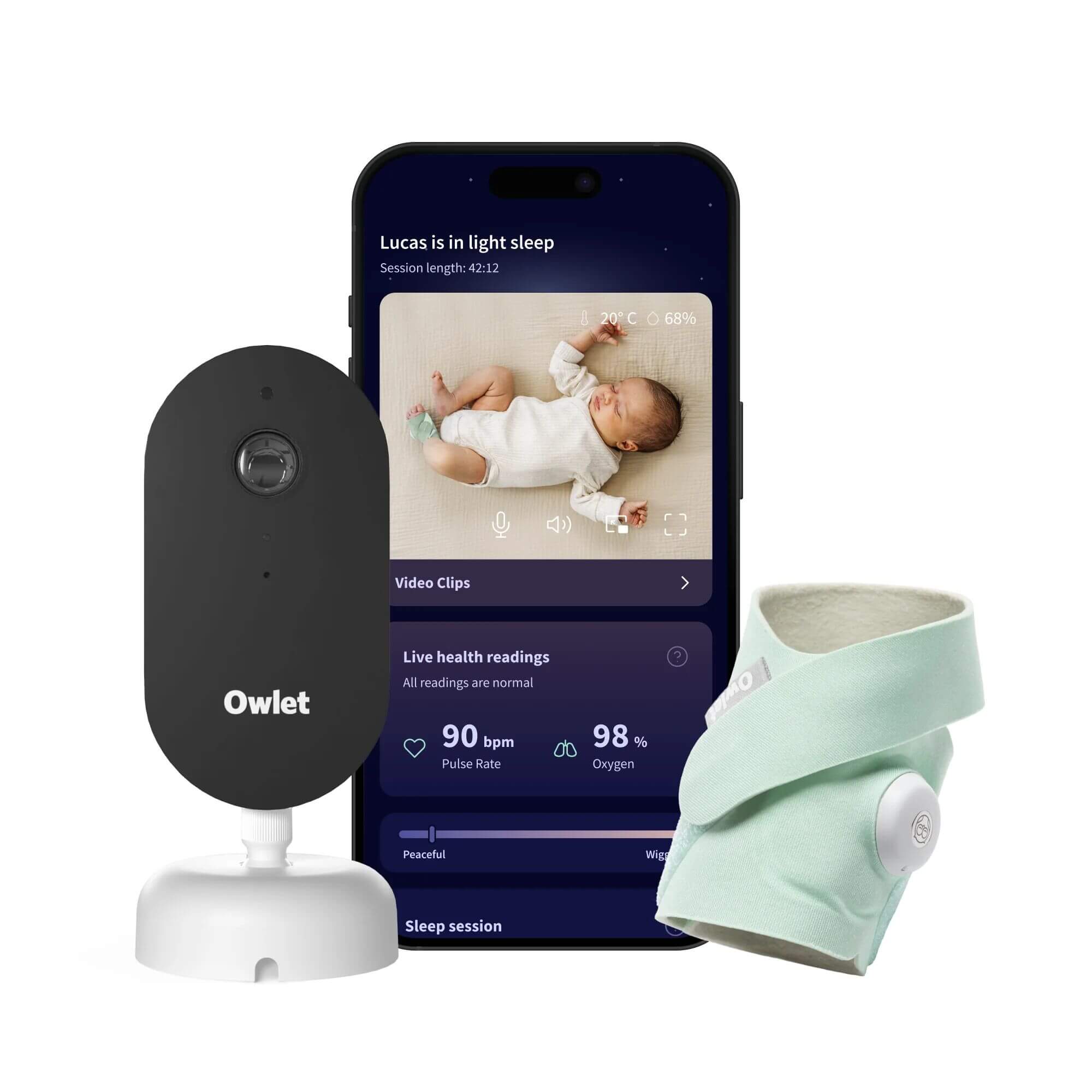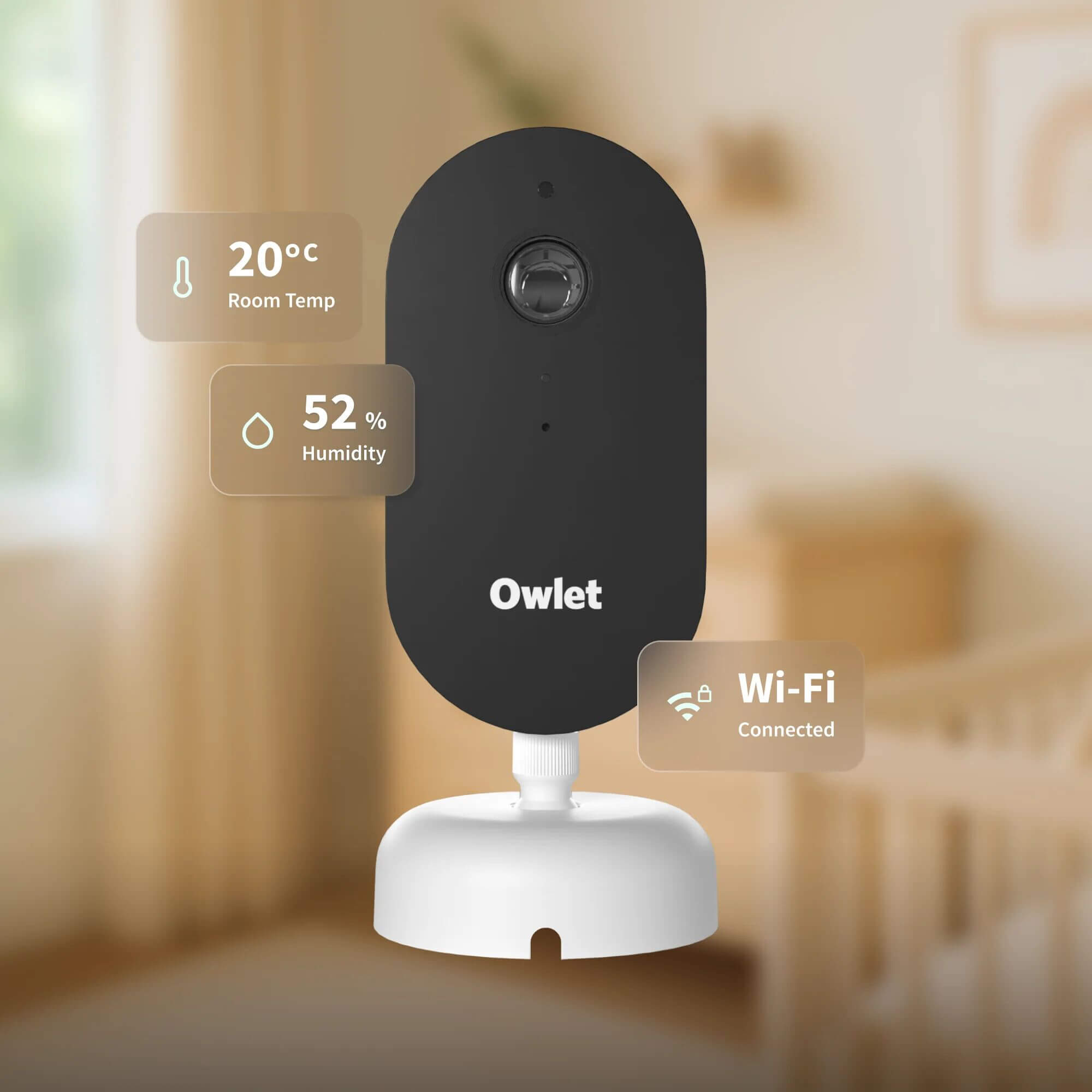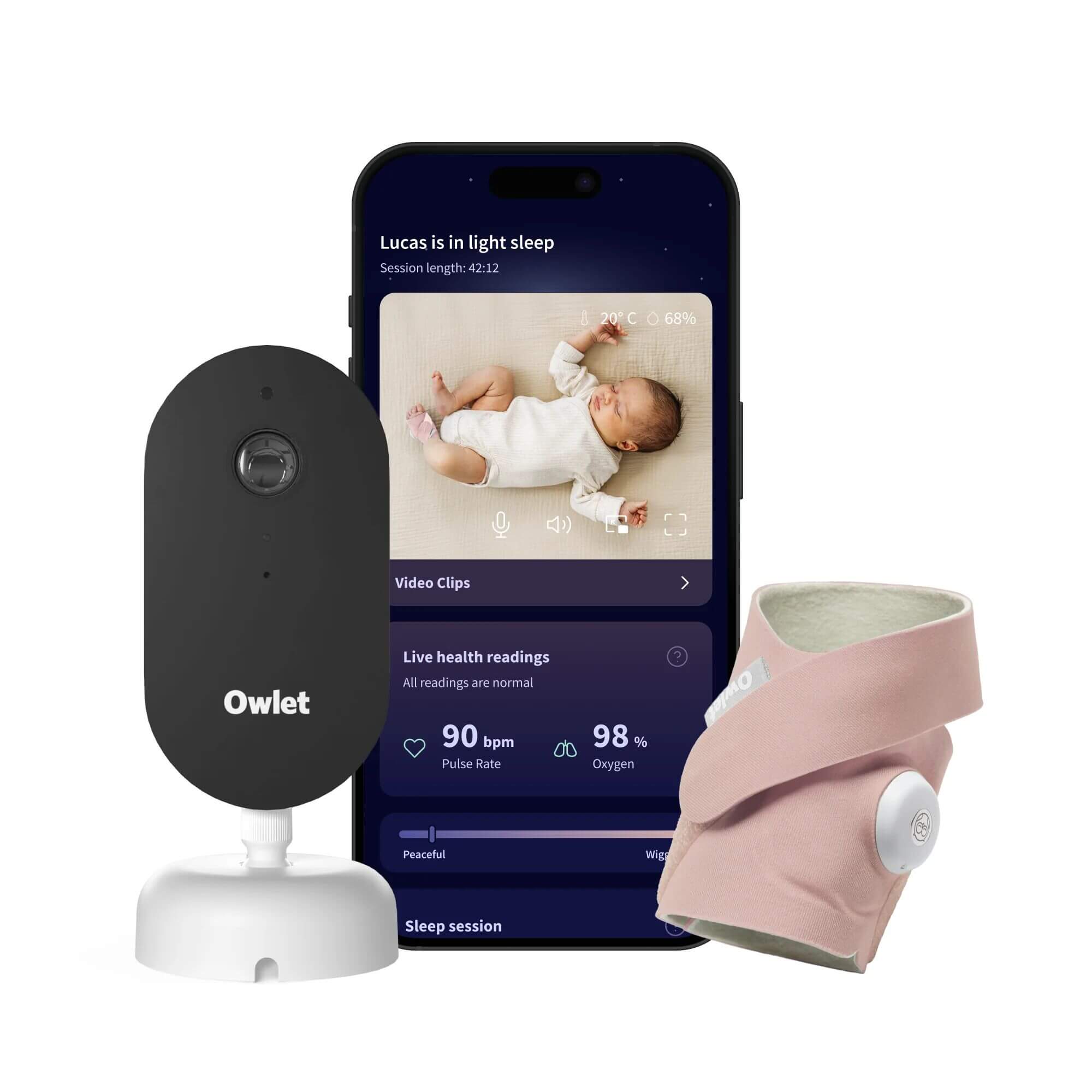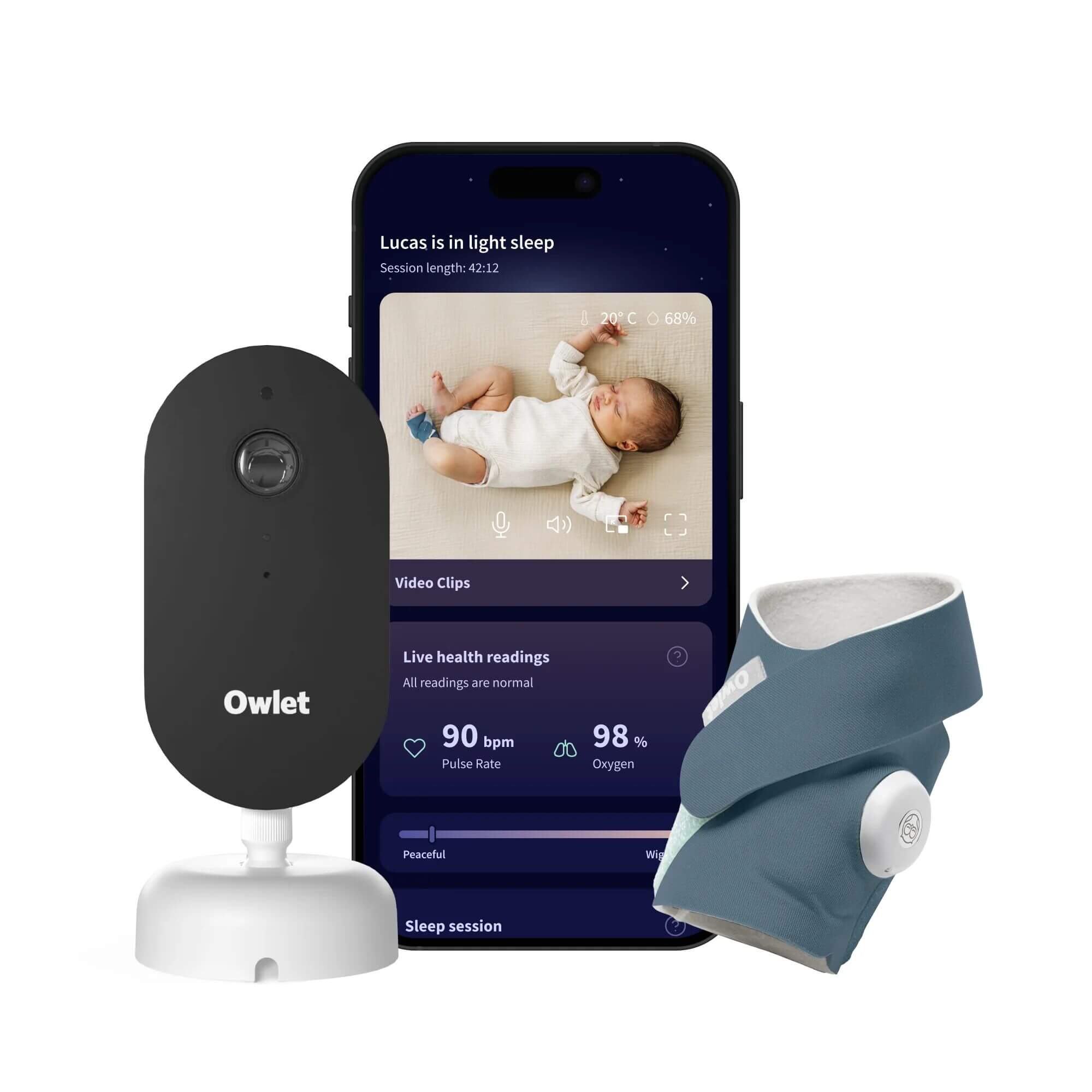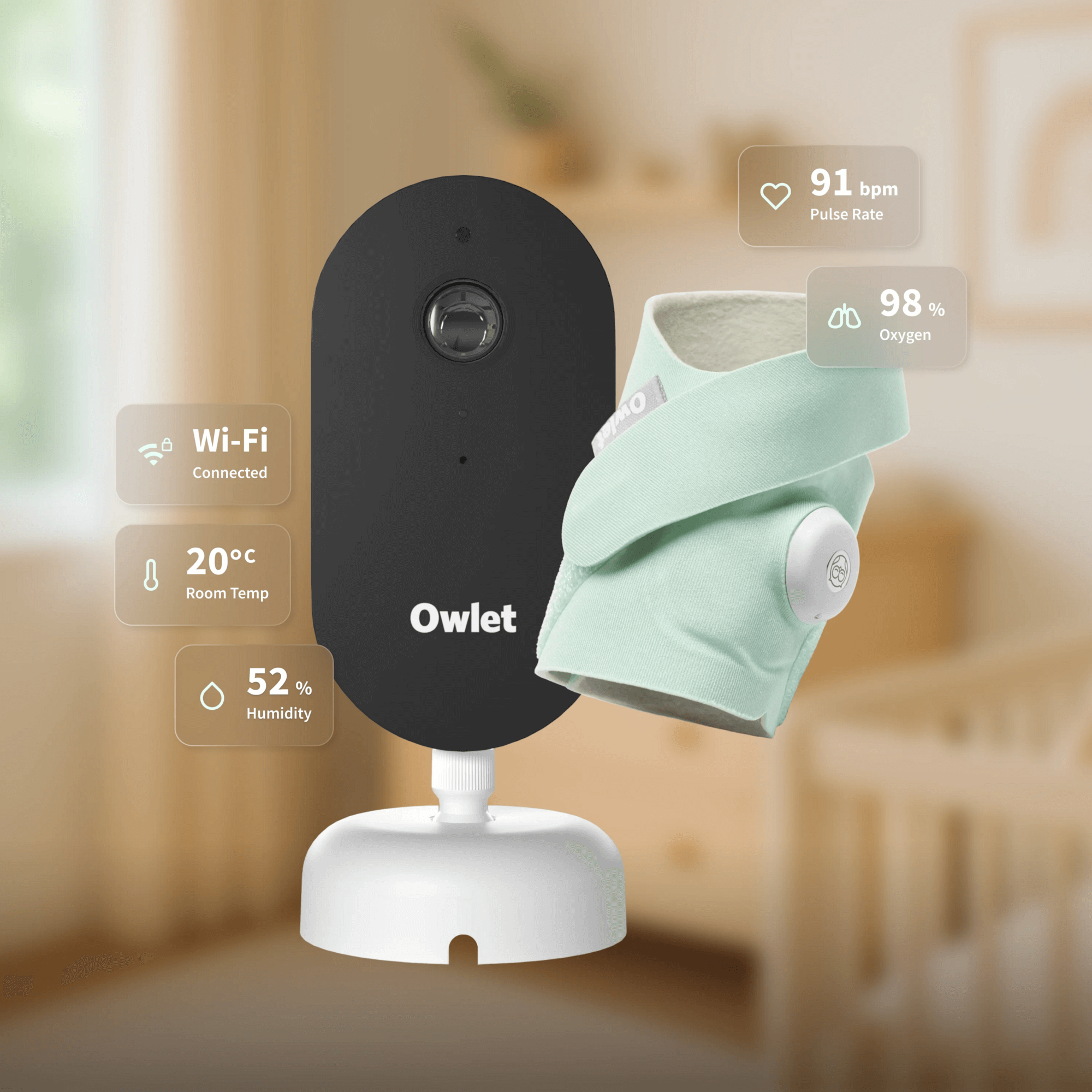NEWBORN ESSENTIALS - A MIDWIFE’S GUIDE
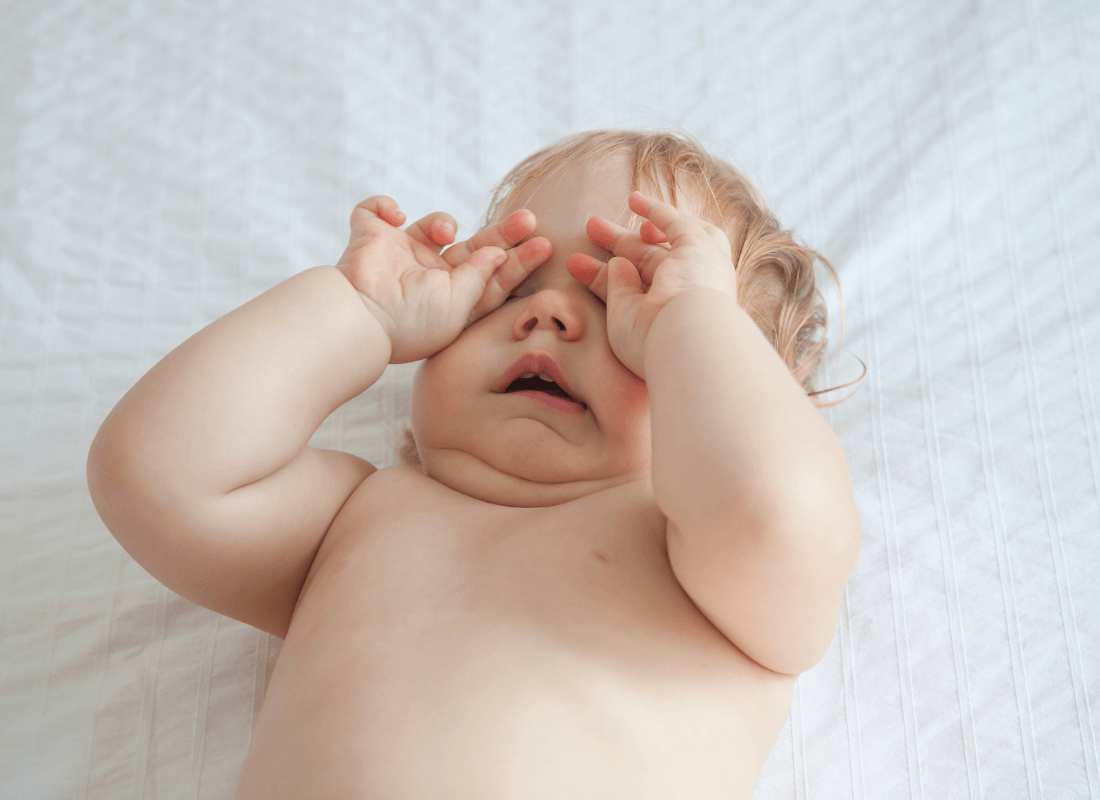
The content provided on this blog is intended for informational and educational purposes only. It is not a substitute for professional medical advice, diagnosis, or treatment. Always seek the advice of a qualified healthcare provider with any questions you may have and to learn more about your child's specific needs.
Preparing for your baby’s arrival is exciting yet can be overwhelming due to the sheer amount of options available. There are so many baby products out there it can be confusing and hard to know where to start. When it comes to what a baby needs you’ll soon discover you don't need much. However, there are definitely some items that are classed as modern-day essentials.
Here’s our Midwife-approved Newborn Essentials Checklist to help you spend your time and money on things you will actually use! Preparing for labor? Check out our Hospital Bag Essentials list!
Clothing
Of course, you can have a lot of fun dressing your newborn but having practical items to keep your baby clean and warm should come first.
A couple of packs of sleepsuits (onesies) should see you through the first few weeks. These are staple items in their wardrobe, as babies can move super freely in a cotton sleepsuit. For maximum ease, get sleepsuits with uncomplicated fastenings at the front such as zips or poppers. It is also handy (excuse the pun!) to get sleepsuits with scratch-mittens built into them.
It is better to dress a baby in layers to keep them warm, as you then have the option to remove some as required. Vests are brilliant for this and come in different sleeve lengths, which you can choose according to the season.
When out and about on colder days, dress your baby in a cardigan and blanket. Finally consider seasonal items such as a winter hat, gloves or snowsuit for winter and a sun hat for summer.
It is worth noting that clothing sizes vary from brand to brand and therefore some newborn sizes will last longer than others. You will get to know the ins and outs of this as you shop around.
Sleeping
Cot / Crib
It is recommended that your baby shares a room with you for the first six months.
Newborn babies tend to prefer smaller spaces - think about how cramped the space becomes in the womb! Co-sleeping cribs offer the option of a smaller cot that attaches to your bed, making it easy to tend to your baby during the night. Some cots offer the option of starting off as a crib but then extend into a standard size cot, or even bed, as your baby grows.
It is advised to use a firm waterproof mattress in the crib/cot. This helps prevent overheating and minimises the buildup of bacteria within it. You can use a second hand crib and mattress if required but make sure it’s in excellent condition.
Bedding
You’ll need a couple of cot/crib sheets. Loose bedding should be avoided to prevent your baby from covering their face with the fabric. Instead, sleeping bags or swaddle blankets are good options to consider. Duvets and pillows are not recommended until your baby is over one year of age. A cellular blanket works well in the buggy when you’re out and about.
Baby Monitor
You may not consider using a baby monitor during the first few months as you’ll be keeping your baby close 24/7 and sharing a room at night. However, a monitor may give you that extra peace of mind and help you to sleep better. The Owlet Smart Sock records your baby’s heart rate and oxygen levels. You will receive alerts if the levels fall out of the preset range.
Sleep sound machines
This is another way to recreate the womb environment. In the womb it is very noisy! Research suggests that if you play sounds to a baby that they have been exposed to whilst in the womb, it helps to calm them. White or pink noise machines are popular, or specific toys and apps with built in sounds such as heartbeat, hoovers or hairdryers are a great way of offering comfort to your baby after they are born.
Feeding
However you plan to feed your baby, muslins and a feeding pillow are great items to have.
Breastfeeding
Essentials include nursing bras, breast pads, nipple cream and breast compresses. If you feel that you need privacy when feeding at any time then a feeding cover is a great option.
Expressing
Unless you are planning to express immediately, a breast pump can wait until further along the line in your feeding journey. Electric pumps can be more efficient for those who intend on doing a lot of expressing. There is the option of hiring a hospital grade pump or you can buy a pump second-hand as all the parts that milk goes into can be properly sterilised.
Bottle Feeding
If you are planning on doing any bottle feeding then you will need bottles and a sterilising device. If you opt for formula feeding, then you’ll need to decide what type (ready made or powdered infant formula) and which brand to buy.
Bathing and Changing
You can bath your baby in the sink if you prefer but sometimes a bath or bath seat is helpful to have as well as a couple of baby towels. For nappy changing you’ll need a changing mat, cotton wool squares and/or fragrance free wipes and nappies. Size 1 nappies usually suffice for newborns. If you are considering reusable nappies, many councils offer schemes and vouchers to help you.
Travel
If you have a car, then you will need a quality car seat. A buggy or travel system is a great way of getting around with your baby if you do lots of walking. Choose one that suits your needs but key things to consider are whether it is easy to fold and unfold and how much space it takes up. Some bassinets are safe enough to double up as a portable cot, which is great for going away on trips.
Baby wearing is such an amazing thing to do. It enables you to keep your baby close, which they love, and gives you free hands to have a hot cup of tea. There are a range of slings and wraps on the market - it's worth arranging some time with a sling consultant or library to try before you buy.
It is important not to cover the buggy or car seat with anything, especially in hot weather. Instead a clip on parasol is recommended.
Medical
If you are ever concerned about your baby’s wellbeing, it is best to seek medical advice instead of self diagnosing and treating. An underarm thermometer and nasal saline drops are the only things you may need to use during the first couple of months.
SHOPPING LIST- NEWBORN ESSENTIALS
CLOTHING
Vests x 8
short/long sleeved
Sleepsuits x 8
Look for ones that are easy to fasten
Hats x 2
For the hospital and going home
Cardigans x 2
Something warm when out and about
Wool Hat and Mittens/ Sun Hat
Seasonal items to keep them warm or keep them cool
SLEEPING
Bedside Crib/ Cot
Co-sleeper cribs are great but a standard size cot is fine
Crib sheets
Cellular Blankets x 2
Sleeping Bag
Swaddle Blanket
Baby Monitor
The Owlet Smart Sock + Cam covers all bases
White Noise Machine
Some babies settle well with white noise
FEEDING
Muslins
Get different sizes - the extra large ones are great for laying your baby on for play time
Feeding Pillow
Support your back however you plan to feed your baby
FOR BREASTFEEDING
Nursing bras x 4
Get fitted as close to your due date as possible
Breast Pads
Disposable or washable options
Nipple Cream
Doubles up as a lip balm!
Breast Compresses
Help to soothe soreness in the early days
Cover
If you want privacy when nursing
FOR BOTTLE FEEDING
Bottles
With slow flow teats
Sterilising Device
Breast Pump (If expressing)
Manual or electric (single or double), hospital grade pumps can be hired
Formula
Pre-made or powder
TRAVEL
Buggy/ Pram
Baby Carrier / Wrap
Talk to a sling consultant for advice on what type will suit your needs best
Car Seat and Base
If you have a car
Changing Bag
A backpack option is best
CHANGING
Nappies
Size 1 suitable for most newborns. Disposable, eco and reusable options
Changing Mat
Cotton Wool Squares
For ‘top and tail’ wash and nappy changes
Fragrance Free Wipes
Suitable for use from birth
Nappy Cream
A barrier cream does not need to be used routinely
Baby Towels x 2
Baby Bath or Bath Seat
Baby Nail Clippers
Dont worry, you’ve got this!
MEDICAL
Thermometer
Nasal Saline Drops
Baby’s can sometimes get snuffly
